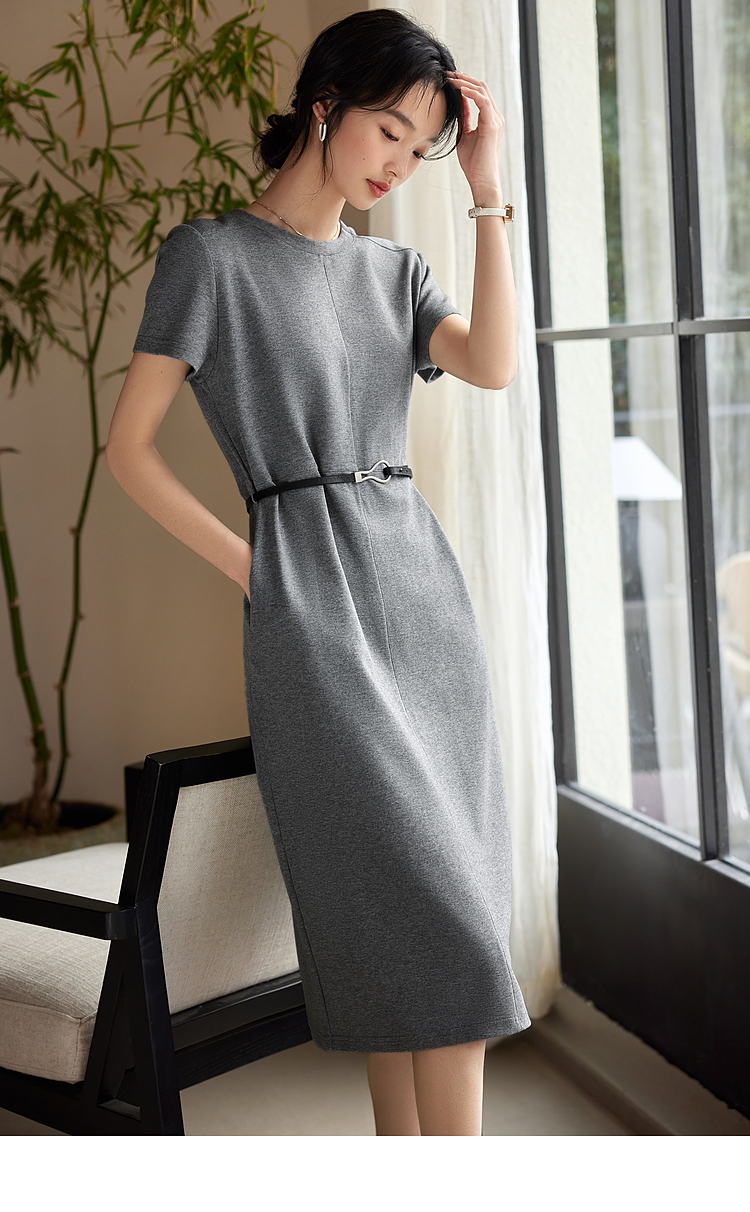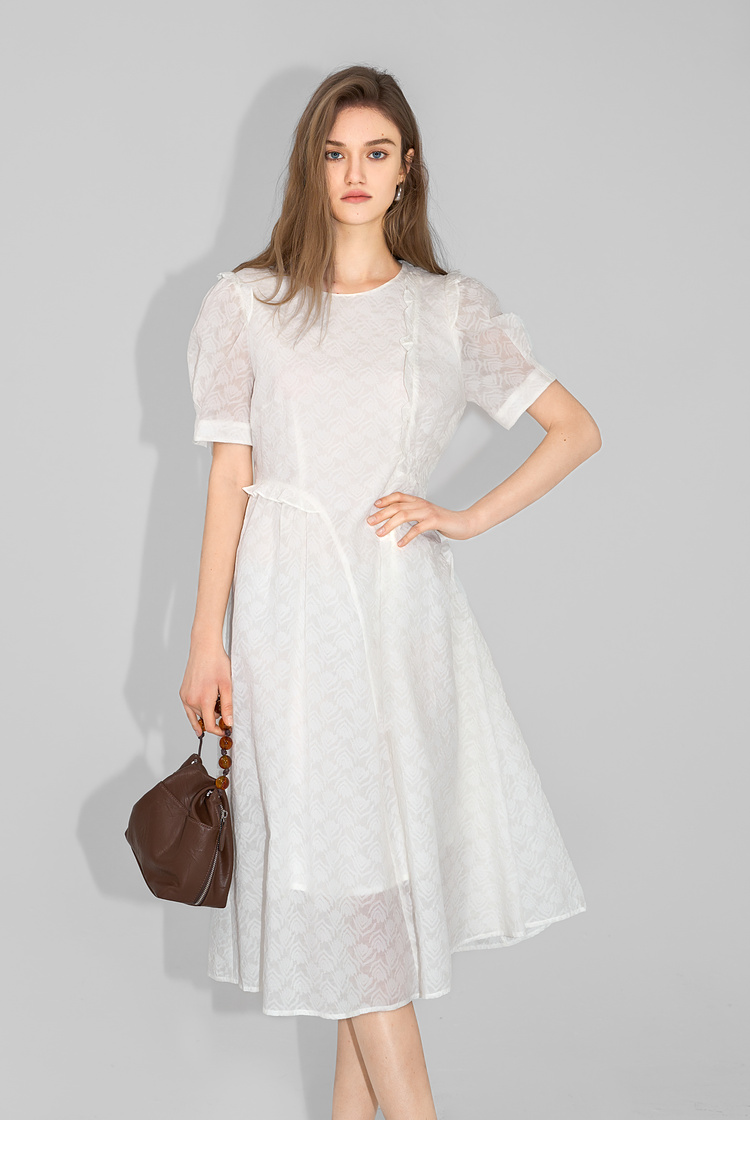How to Spot and Combat clothes moths Infestations
1. Understanding clothes moths
clothes moths are small insects that are notorious for their ability to infest and damage fabrics, particularly natural fibers such as wool, silk, and cotton. There are two main types of clothes moths: the webbing clothes moth and the casemaking clothes moth. Both can cause significant damage to your wardrobe if not detected and treated promptly.
2. Signs of an Infestation
Spotting the signs of a clothes moth infestation is crucial for early intervention. Look for small holes in your clothes, particularly around the edges and under the folds. You may also find tiny, white, larvae-like creatures or small, round droppings. Another telltale sign is the presence of webbing or cocoons, especially in dark and undisturbed areas.
3. Prevention Measures
Preventing clothes moths from infesting your home involves a few simple steps. Regularly clean and vacuum your wardrobes and closets to remove any potential food sources for the moths. Use cedar blocks or lavender sachets, which are natural repellents. Store delicate fabrics in airtight containers or garment bags to protect them from moths.
4. Detection Techniques
One effective way to detect clothes moths is by using pheromone traps. These traps attract male moths and help you determine if there is an infestation. Place the traps in areas where you suspect moth activity, such as closets and wardrobes.
5. Combating Infestations
If you have confirmed an infestation, you must act quickly. Start by washing and drying all affected clothes on high heat, which will kill any larvae present. Clean the infested area thoroughly, vacuuming and dusting to remove eggs and larvae. Consider using a professional pest control service for severe infestations.
6. Professional Treatment
For persistent infestations, professional treatment may be necessary. Pest control experts have access to specialized products and techniques that can effectively eliminate clothes moths. They can also provide advice on long-term prevention strategies.
7. Post-Treatment Care
After treating an infestation, continue to monitor your clothes and storage areas for any signs of re-infestation. Regular cleaning and maintenance are essential to prevent future infestations. Consider using a fabric-safe repellent spray to protect your clothes from future moth damage.
8. Conclusion
Clothes moths can be a frustrating and damaging pest, but with the right knowledge and tools, you can effectively spot and combat infestations. By following these steps, you can protect your wardrobe and maintain the quality of your garments.







The article’s emphasis on regular monitoring and maintenance is key. It’s not a one-and-done solution; it’s an ongoing process. That’s something I can commit to.
I’m a bit skeptical about the effectiveness of cedar blocks and lavender sachets. I’ve tried them, and while they smell nice, they didn’t stop the moths from damaging my favorite wool sweaters. Maybe I need to use them more consistently?
The article’s conclusion is reassuring. It’s not just about dealing with the problem; it’s about maintaining the quality of my clothes. That’s a goal I can get behind.
The article’s conclusion is spot on. Clothes moths are a real nuisance, but with the right knowledge, they can be managed. I feel empowered to protect my wardrobe now.
I’m a college student living in a dorm, and clothes moths are a common problem. The article’s tips on regular cleaning and vacuuming are practical and easy to follow, even in a small space.
I’m a gardener, and I’ve noticed that clothes moths seem to be attracted to the natural fibers in my gardening clothes. This article’s advice on using natural repellents like cedar and lavender is perfect for me. I’ll also be more careful about storing my clothes after a day in the garden.
I’m a fashion designer who works with a lot of natural fibers, and clothes moths have been a nightmare. The article’s suggestion to store delicate fabrics in airtight containers has saved me from countless infestations.
I’m a college student, and I can’t afford professional pest control services. This article’s DIY tips are perfect for my budget. The high-heat treatment method is simple and effective.
I’m a minimalist who values quality over quantity, and clothes moths have been a real threat to my wardrobe. The article’s focus on long-term prevention strategies is exactly what I needed.
I’m a homeowner with a large wardrobe, and clothes moths are a constant concern. The article’s advice on using airtight containers and garment bags is practical and has helped me protect my clothes.
I’m a bit of a hoarder when it comes to clothes, so I’ve had to deal with clothes moths more than once. This article’s advice on washing and drying clothes on high heat is a must-do. I’ve also found that using a fabric-safe repellent spray works wonders.
As a fashion enthusiast, I never thought I’d have to deal with clothes moths, but this article was a real eye-opener. The detailed steps on how to spot and combat infestations are incredibly helpful. I especially appreciate the tip about using pheromone traps—I’ll definitely be investing in those!
I’m a new homeowner, and clothes moths were the last thing I expected to deal with. The article’s step-by-step guide on combating infestations is exactly what I needed to feel more confident in tackling the problem.
As someone who travels frequently, I often find moth damage when I unpack my clothes. The section on professional treatment is reassuring. I might just have to bite the bullet and call in the experts next time.
I’m a student living in a dorm, and I never thought I’d have to deal with clothes moths. This article’s advice on using pheromone traps and storing clothes in airtight containers is super helpful. I’ll definitely be more careful about keeping my clothes clean and stored properly.
I’m a traveler, and I’ve noticed that clothes moths seem to be more common in certain climates. This article’s advice on storing clothes in airtight containers is especially useful for me when I’m on the road. I’ll definitely be more vigilant about checking for signs of infestation.
I’m a gardener who loves natural remedies, and the article’s mention of lavender sachets as a repellent is right up my alley.
I’m a gardener who loves natural remedies, and the article’s mention of lavender sachets as a repellent is right up my alley.